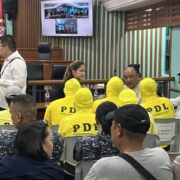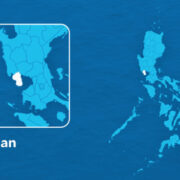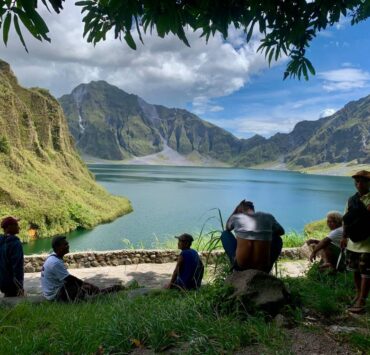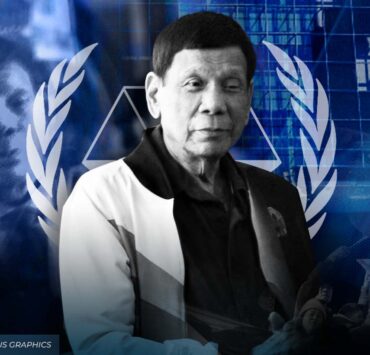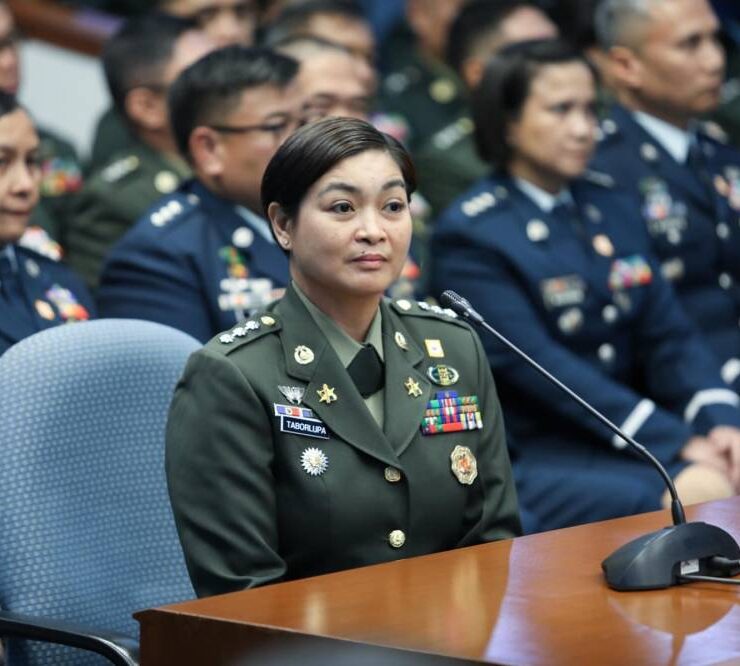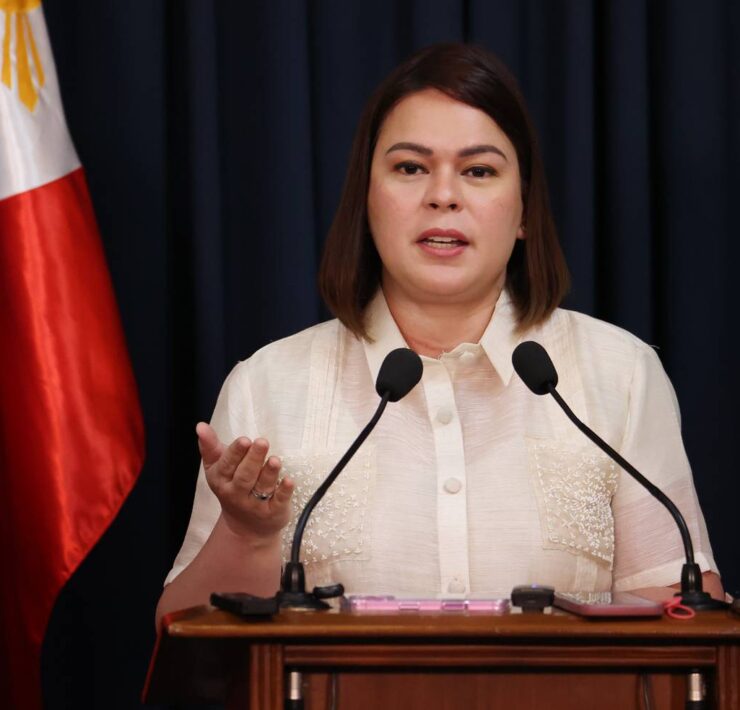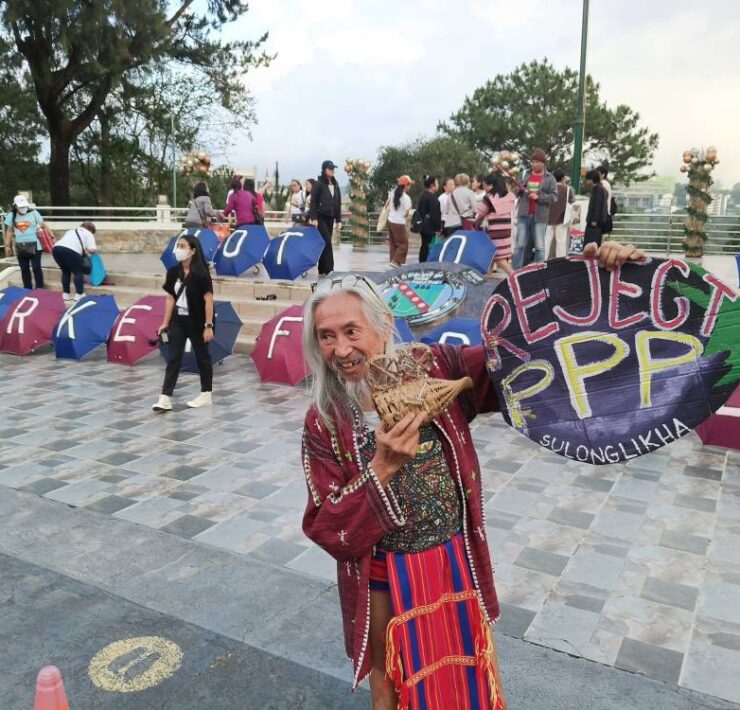Marawi endures slow, painful rebuilding
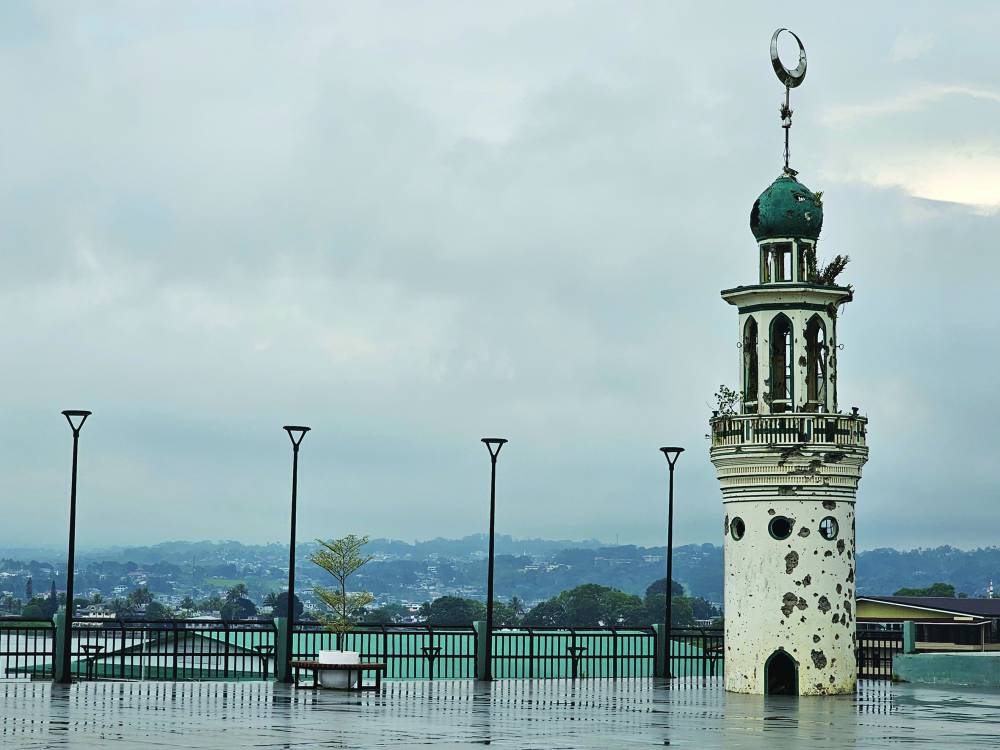
MARAWI CITY—The clear view of distant mountains and calm waves amid a gentle breeze sweeping through a lakeside promenade here on May 23 painted an atmosphere of serenity in this once war-torn capital of Lanao del Sur province.
There is no longer a trace of the blood-drenched former battleground where Islamic State (IS)-linked militants made their last stand against government forces eight years ago in what used to be the “padian” or public market.
Not far from the once bustling site of the market, the bombed-out buildings, blood-soaked mud and stench of gun powder have given way to newly constructed public infrastructure like the Sarimanok Sports Stadium and the Marawi City Convention Center, and the former debris-filled streets were replaced by new roads complete with drainage.
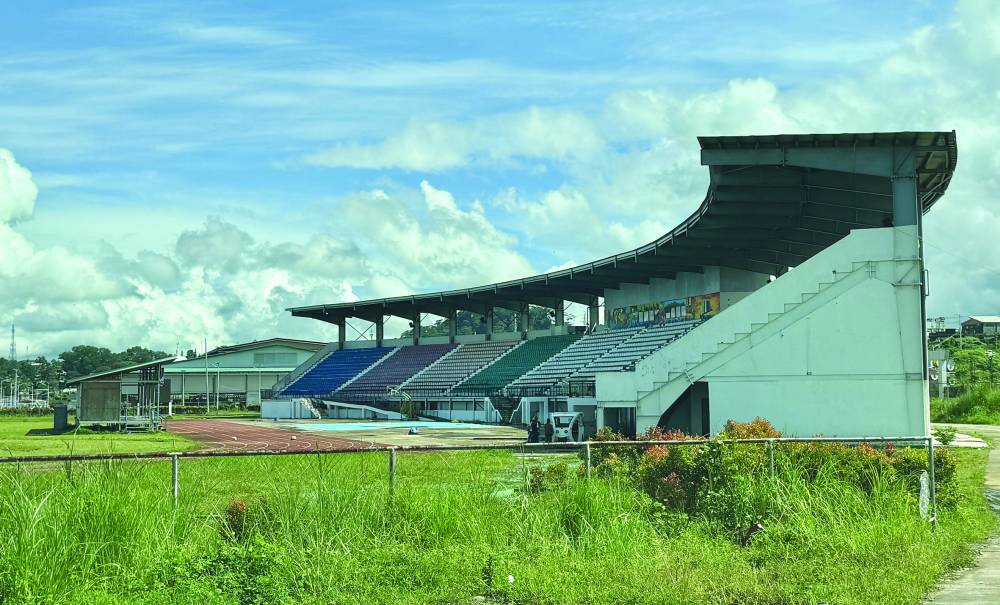
New barangay centers were built for the villages of Marinaut East, Banggolo, Raya Madaya and Dansalan.
The ruined Bato Ali Mosque, where the militants kept Catholic priest Teresito “Chito” Soganub and other hostages, was replaced with a new structure. Its bullet-riddled minaret was preserved and is now a major feature of the nearby Rizal Park at Barangay Dansalan, becoming the centerpiece of the Marawi Peace Memorial Park dedicated to the resilience of the residents of the city and a symbol of hope for the future.
Still empty
Amenodin Cali, executive director of the nongovernment group Kalimudan sa Ranao Foundation, said the government had almost finished the construction of public facilities but the once vibrant community remained empty.
This is because “many residents, especially those in the [once] padian area, found their houses and properties replaced by these government buildings,” Cali noted.
Cali remembered that before the Marawi siege in 2017, the padian area was a bustling commercial center complete with stores selling assorted merchandise and teeming with shoppers.
Things changed when the militants, which combined the forces of the Lanao del Sur-based Maute Group and the Basilan-based Abu Sayyaf Group, laid siege to the city in a bid to establish the first IS “wilayah” (province) in Southeast Asia.
Led by Isnilon Hapilon, then the IS emir in the region, the militants waged a five-month war against government forces until the Maute brothers Abdullah and Omar Khayyam, and later Hapilon were killed.
The onset of the battle on May 23, 2017, sent more than 300,000 residents fleeing their homes and communities to avoid the crossfire. As the last gunfire was heard at the close of the war five months later, the city’s main commercial district was in ruins, and more than 15,000 families were left homeless.

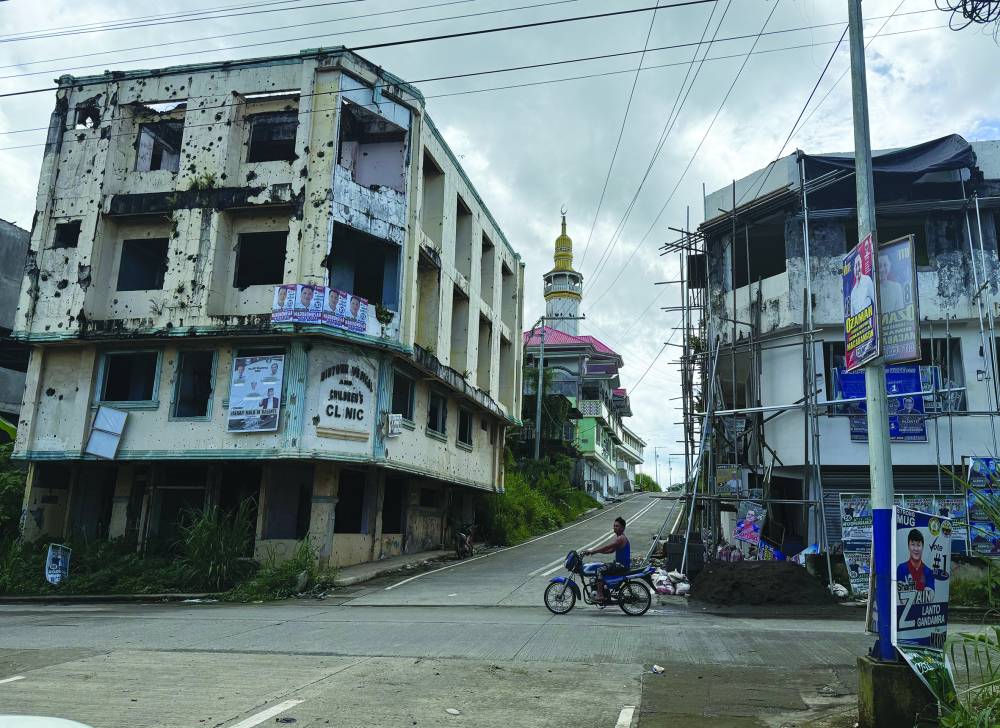
Tedious
Five years after the siege, Congress passed the Marawi Siege Victims Compensation Act of 2022 to provide monetary compensation for civilian lives and properties in 32 affected villages lost during the war.
It was a social justice measure that aimed to help pump-prime the city’s rebuilding.
The compensation process is overseen by the Marawi Compensation Board (MCB). Constituted in 2023, the MCB received a total of 14,495 claims for compensation: 192 for deaths, 209 for structures damaged, 5,701 for other properties lost, and 8,393 mostly a mix of structure and other property claims.
Cali said that aside from regaining their houses and properties, residents are concerned about the slow and tedious approval of their claims by the MCB.
As of May 20 this year, the MCB had approved 1,480 claims amounting to P2.544 billion. Of these, 1,124 have been awarded, amounting to P1.93 billion.
The need for competent evidence to back up the claims and the due diligence required to evaluate the claims are the biggest challenges confronting the MCB in the compensation process.
While the body set out to complete 200 claims per month, the most it did was 140 per month, between August and October 2024.
Cali said they were also concerned by the leadership change at the MCB. In March, former Elections Commissioner Moslemen Macarambon Sr. assumed as chair, replacing fellow lawyer Maisara Dandamun-Latiph. Macarambon was an MCB member prior to his appointment.
Since assuming the MCB leadership, Macarambon had initiated innovations aiming to fast-track the process such as creating three adjudicating groups from among nine MCB members.

Evacuees’ plight
Moro Consensus Group chair Drieza Lininding called attention to the plight of evacuees in transitory shelters, which echoed the appeal of Mindanao State University academic Tirmizy Abdullah, himself a displaced resident for concerned agencies “to urgently address the dire living conditions in the temporary shelters.”
At the evacuation centers, the remaining displaced families “continue to suffer from inadequate access to basic services … and wallow in poor sanitation and hygiene conditions.”
According to the International Committee of the Red Cross (ICRC), more than 8,200 people still live in inadequate conditions in temporary shelters.
Johannes Bruwer, head of ICRC Manila, said many residents lacked access to clean water and worse, are now paying rent after government leases of the landowners whose land where the shelters were constructed have expired, adding a strain to their income.
He urged newly elected government officials and government agencies to work together and hasten the rebuilding in the affected areas and provide basic services to the residents.
“Eight years is a long time. People have been displaced for far too long. Returning to their neighborhoods is a step toward normalcy and a necessary part of their healing,” Bruwer said in a statement. —WITH A REPORT FROM RYAN D. ROSAURO











